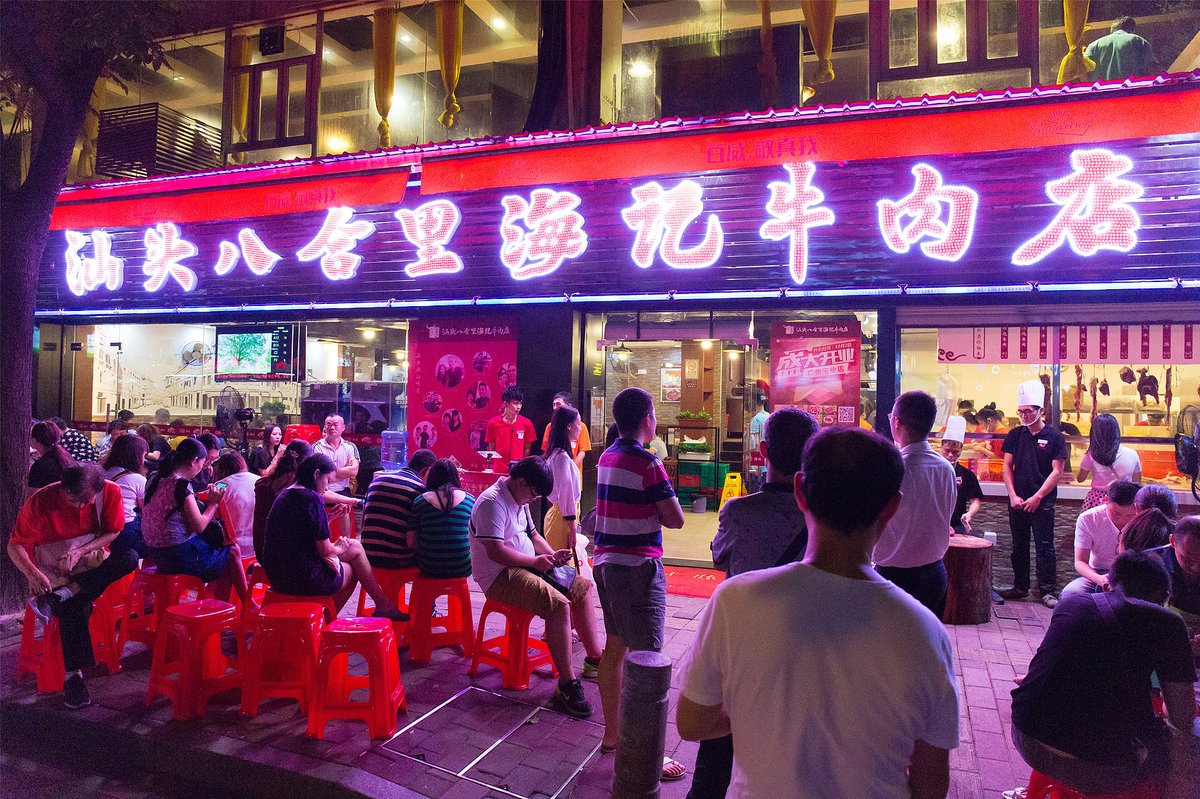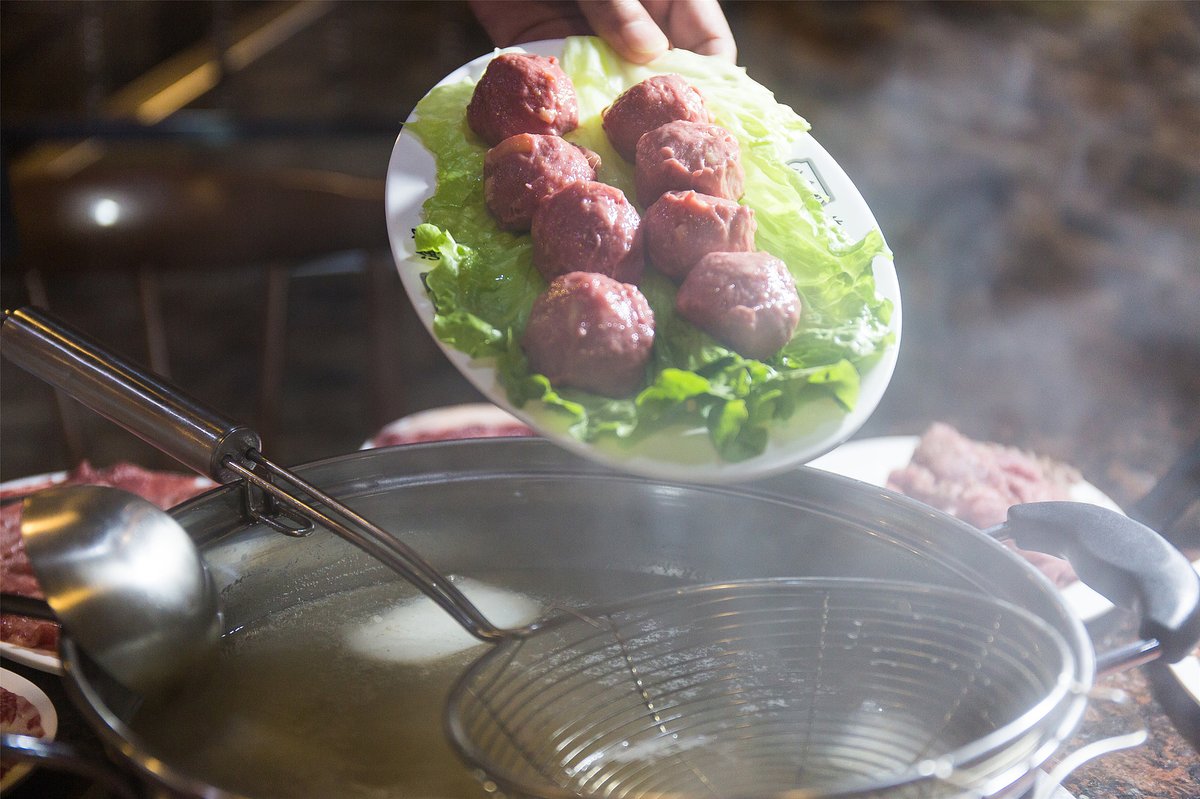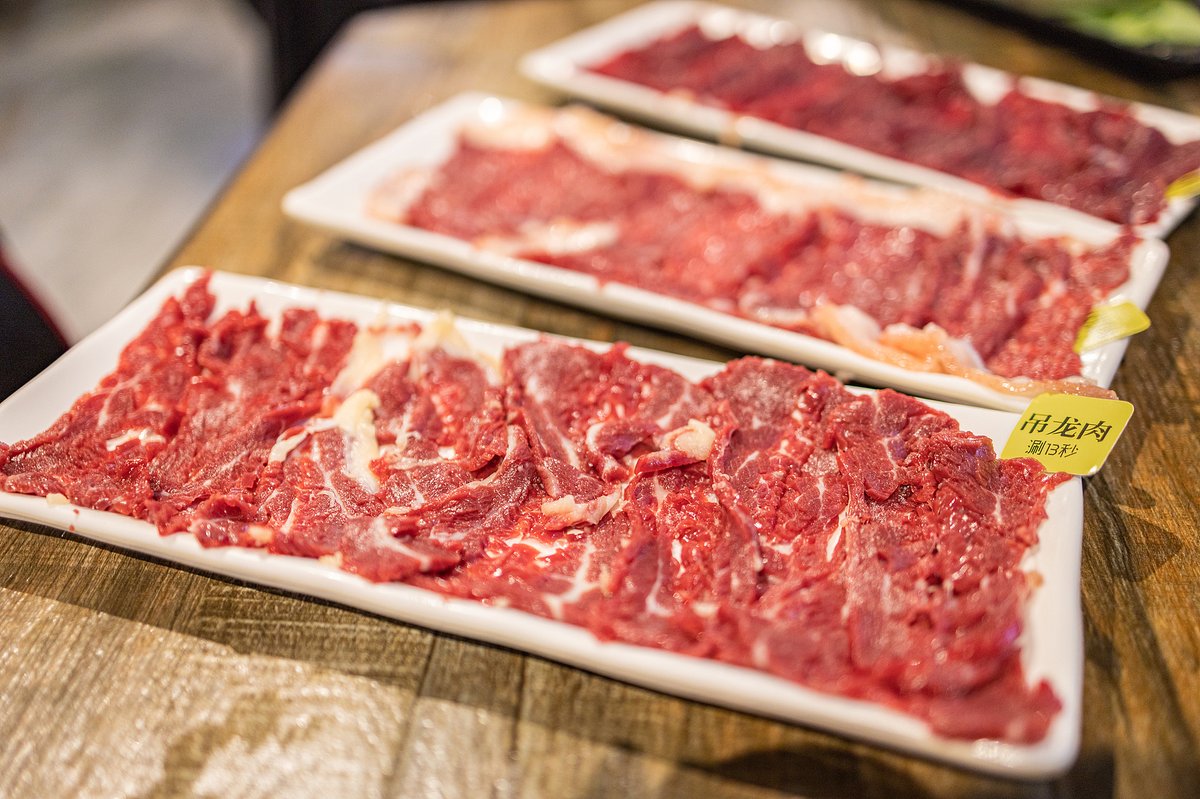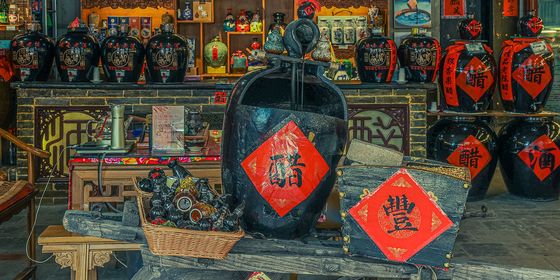While Chaoshan beef hotpot has gained global popularity in recent years, few people realize that beef wasn’t really a thing in eastern Guangdong until recently
When Xie Bo and his Chaoshanese family gather for a celebration, they know there is one dish that is sure to make an appearance on the family table: beef, most likely skillfully sliced beside a simmering pot of soup. But when the meal begins, the 50-year-old office worker won’t eat a single bite of the beef. Xie, like many other residents of Guangdong province’s southeastern coast, abstains from the bovine delights that have become the most famous dish of a region full of delicious things to eat.
In recent years, the secret of Chaoshan cuisine has gotten out, led by the local take on hotpot: an all-beef affair, with a light broth flavored by celery, radish, and corn to cook the meat in, and sweet-and-salty shacha sauce for dipping. Over the past decade, Chaoshan restaurants have become a trendy choice among Chinese foodies, with over 7,000 of them open across the country by last October, according to the restaurant industry research database Hongcan Think Tanks. Restaurants such as Baheli Haiji have transformed from a local favorite into a national chain. The area, marked by the three cities of Chaozhou, Shantou, and Jieyang (the region’s name is a combination of the first two), has also become a destination for hungry tourists, receiving over 5 million visitors during the National Day holiday earlier this month, many of them eager to search out authentic local delicacies.
Read more about Chinese regional cuisine
- Spice It Up: Why Hunan Cuisine Is Conquering China
- The Confused Origins of One of China’s Most Popular Noodle Dishes
- Bones of Industry: Discover Shenyang’s Favorite Street Snack
So how did Chaoshan adopt a namesake dish that many of its own people won’t eat? For Xie, the choice was largely spiritual, rooted in his heritage as a Chaoshan native. The Chaoshanese culture was formed through the mixing of its indigenous Danjia and She people with Han immigrants who moved from central China to the southern coast over 1,000 years ago. It is characterized by its local dialect, the Teochew dialect, distinct for its eight tones, and its prevalent local religions.
Chaoshan is known to be an especially spiritual place, and different forms of religion have traditionally been a core part of people’s everyday lives. Temples, 467 of them, according to the research of Shantou writer Lin Juncong, dot the region, housing shrines to 74 different gods from Buddhism, Daoism, local religions, mythology, and history. Buddhism has had an especially large impact on the Chaoshanese people, and its prescription of vegetarianism and philosophy of non-killing significantly contribute to the beef-avoidant culture in the region. “Chaoshanese Buddhists do not eat beef because of the divine status of cattle,” adds Xie, referring to traditions in premodern China where cattle were special because of their crucial role in agriculture. Killing cattle was deemed unethical, and was banned by numerous dynasties across the span of imperial China.
“When I was young, there was no beef in the village because cattle were needed for farming, and people didn’t want to kill them. Elderly educated people in the village said that cattle are the ‘respected’ animal, and that beef was harmful to health because it was too ‘wet’ and ‘hot’ in nature, according to traditional medicine,’” says Xie, who stopped eating beef almost 20 years ago when he became a Buddhist. For Xie, along with many other elderly and Buddhist Chaoshanese, there are a wide variety of other options to choose from, as Chaoshan cuisine is traditionally based on seafood and local vegetables, with other regional classics including steamed fish, braised goose, and deep-fried Puning tofu.
Despite the local tradition, beef production began emerging in Chaoshan under international influence during the late Qing dynasty (1616 – 1911). The earliest records of beef production, discovered by local historian Ou Huailin, are from an 1867 British treaty port guide. In 1860, Shantou was opened as a treaty port to Britain, France, and the US after China’s defeat in the Second Opium War. As a result, Western traders, accustomed to eating beef, began residing in the region. Initially, beef production catered only to foreigners, who demanded a supply of the meat and could afford its higher price. According to an 1858 essay by a British missionary in Guangdong, killing cattle was still seen as a “grievous sin” by the locals. But over time, beef found its way into local cuisine, exemplified by the early 20th-century creation of one of the iconic ingredients in Chaoshan hotpot—beef balls.
Known for their firm elasticity and juiciness, Chaoshan beef balls are the result of a labor-intensive production process: Whole pieces of beef are pounded into a paste while preserving the meat fibers, which is key to achieving the distinctive springy texture. The food is believed to have been invented by the Hakka migrants in the region during the Republican era, influenced by another local specialty—fish balls. As food writer Zhang Xinmin put it in his 2006 book Diet World of Chaozhou, beef balls embody the characteristic of “Chaoshan cuisine absorbing the essence of various Chinese and foreign culinary traditions to develop into its mature form.”
However, it wasn’t until the late 20th century, with improved living standards and the growth of the industrial farming industry, that beef became commonplace in Chaoshanese households. Shantou became one of the four Special Economic Zones in southern China during the reform and opening up periods in the 1980s, leading to a market economy boom and the mass production of beef. “People started eating more beef after getting rich, but it wasn’t beef hotpot that was trendy. People ate more exotic meats in hotpots like birds and snakes,” Lin Dazhen, a local resident now in her 50s, recalls.
After the novelty of exotic meats wore off, and with improved food safety regulations, locals started to embrace the simplicity and sensory satisfaction of beef hotpot. By the end of the 1990s, beef hotpot had become a staple in Chaoshan’s food culture. Lin vividly remembers her first beef hotpot in the 90s, feeling proud to treat herself as a young professional woman. Today, beef hotpot remains a special treat in her life, not an everyday indulgence, as beef is still pricier than other foods.
For younger residents of the area, beef hotpot has become the dish they most associate with home. Wu Annan, a native of Chaoshan, is currently studying at a college on the other side of Guangdong. For her, the best way to relax or deal with homesickness is to visit a beef hotpot restaurant. She grew up eating beef regularly—whether in her breakfast rice noodle soup, in a stir-fry dish at lunch, or in the family’s go-to dinner: beef hotpot. Wu notes that beef hotpot is what her college friends most often associate with Chaoshan, and when friends visit her hometown, the first thing she does is take them to her favorite hotpot restaurant.
“What I love most about beef hotpot is how simple yet delicious the beef is—so tender, fragrant, and flavorful,” Wu explains. In her experience, it is very difficult to replicate the flavor of her hometown’s beef hotpot in restaurants outside of the region. This is largely due to the unique supply chain in Chaoshan, where, as food writer Zhang Xinmin notes in his 2012 book The Taste of Chaoshan, some hotpot restaurants “still follow the practice of ‘slaughtering in the back, selling in the front.’ Sometimes, the beef is so fresh that when placed on a plate, it continues to quiver.”
A skilled butcher is also required, as the meat is separated into numerous distinct cuts. Diners can expect a menu listing up to 10 different cuts of beef. Among them, the most prized is diaolong (吊龙), from the cow’s upper back, where ribeye steaks are cut. At the table, the different cuts are cooked for a brief but specific number of seconds, wiped through a dish of shacha sauce, and delivered straight into a hungry mouth.
Each Chaoshan household has a favorite beef vendor and hotpot restaurant. Besides dining out, many families enjoy beef hotpots at home. Wu’s mother buys freshly sliced beef from a trusted butcher shop and can whip up a beef hotpot dinner for the family in just 10 minutes.
Aside from its taste and convenience, another reason Wu’s family enjoys beef hotpot so often is its nutritional benefits. “It’s high in protein, great for keeping me slim and energetic,” she says. When she struggled with body image and anxiety during middle school, her mother used beef hotpot to comfort her, both mentally and physically. Enjoying a nice beef hotpot together has become their love language. Even Xie, who doesn’t eat beef himself, prepares it for his children, knowing its health benefits. The nutritional value of beef could partially explain the rise of beef hotpot nationwide, as it aligned with the young generation’s longing for a healthy and fit lifestyle.
Today, beef hotpot has not only gained popularity throughout China, but has also spread to various continents, driven by Chaoshanese immigrants worldwide. As a coastal region, Chaoshan has a deep tradition of trade and migration, particularly to Thailand, Singapore, and other areas in Southeast Asia. This history is reflected in the classic dipping sauce for beef hotpot—the shacha sauce—a localized version of Southeast Asia’s Satay peanut sauce. Sweet, rich, savory, and aromatic, it brings soul to the dish, serving as the essential core of beef hotpot.
Even far from the Guangdong coast, the Chaoshanese traditions live on. For instance, the comedy-drama How to Make Millions Before Grandma Dies, Thailand’s highest-grossing film this year, follows a Thai-Chinese family of Chaoshan descent. The grandma in question speaks the Chaoshan dialect, observes daily religious rituals, and, just like Xie, refuses to eat beef.
While holding his stance as a vegetarian, Xie is proud of his hometown for gaining nationwide visibility through the fame of the beef hotpot. “Nowadays, Chinese tourists are no longer satisfied with mere sightseeing; they seek richer experiences and emotional fulfillment,” he says. “This is why the strictly selected ingredients and meticulously crafted dipping sauces of beef hotpot attract many visitors.”
How Did a Vegetarian Hub Become the Global Capital of Beef Hotpot? is a story from our issue, “New Game.” To read the entire issue, become a subscriber and receive the full magazine.
















